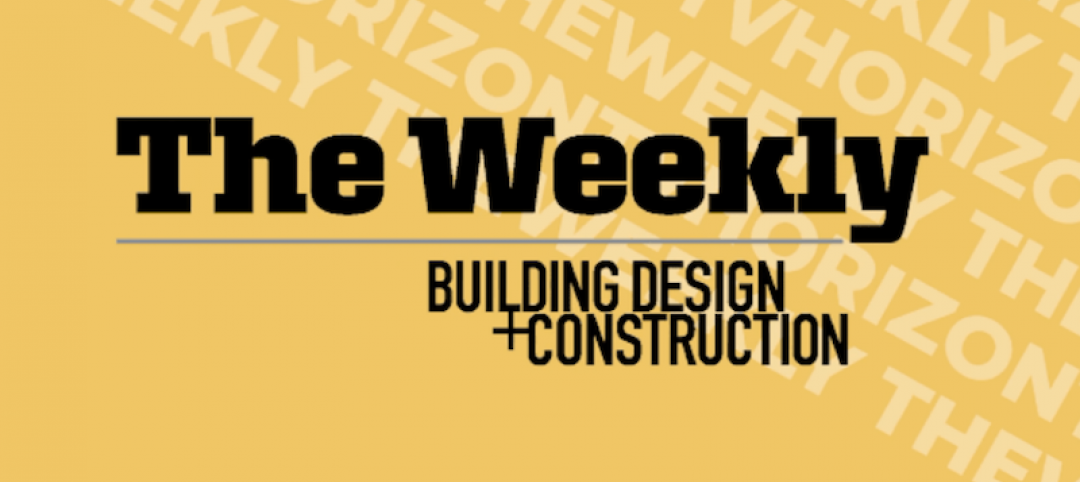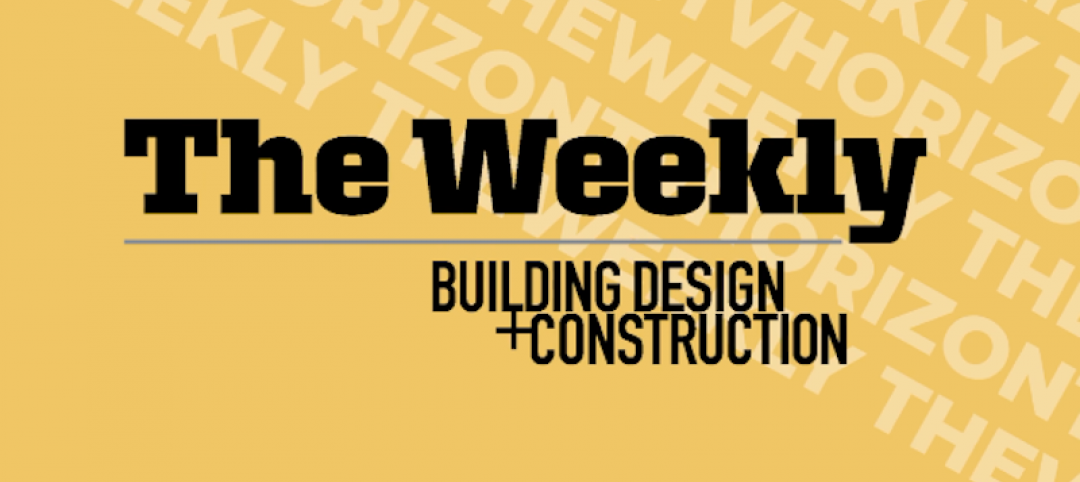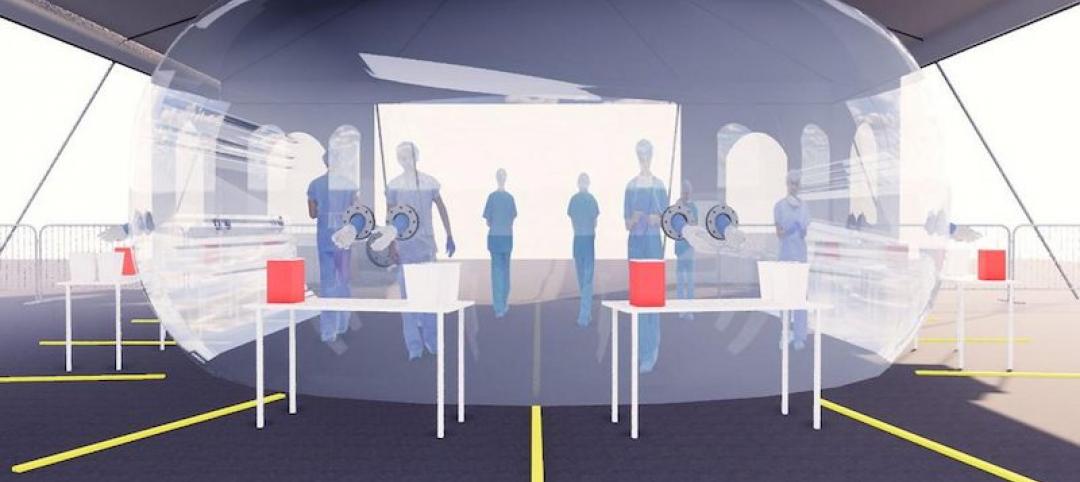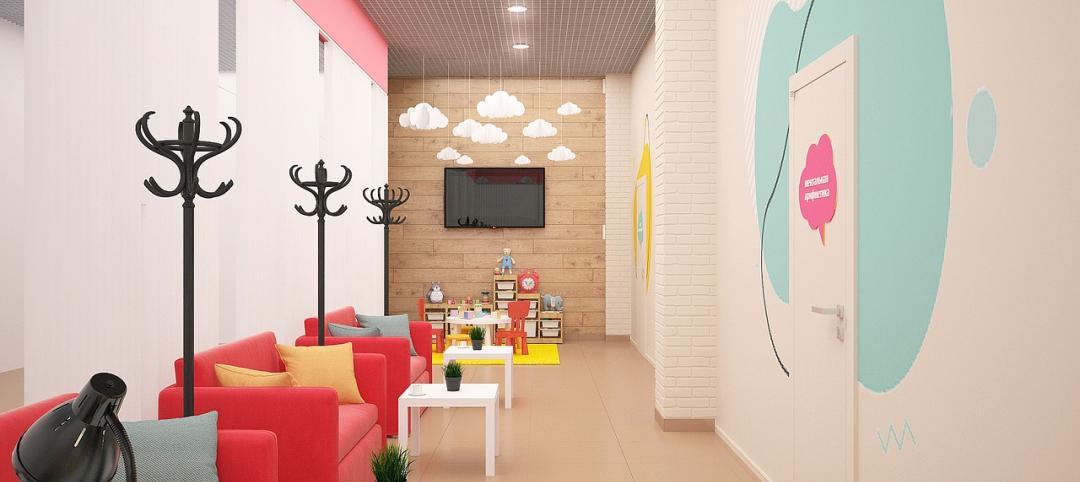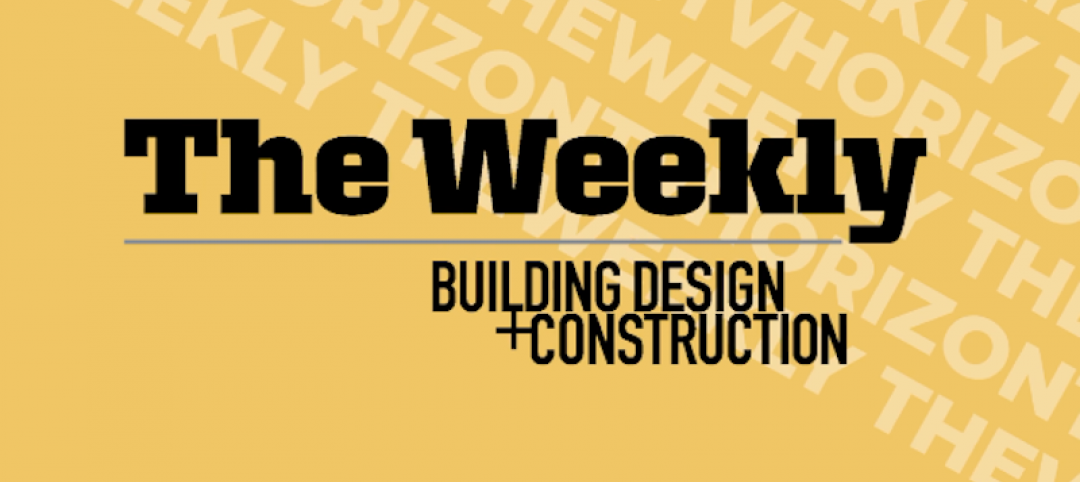The best thing about the future is that it comes one day at a time. — Abraham Lincoln
The last few months have been interesting to say the least. We’ve all faced personal and professional challenges while striving to manage both the day-to-day and longer-term realities of the pandemic. When the AEC economy is shaken to the core, firms’ most significant assets—their human capital and financial capital—require the greatest attention. We’ll take a look at the ways four companies have responded to the changed business landscape by reevaluating their resources.
Since mid-March, many firms have recognized the recessionary challenges ahead and proactively revisited their strategic plans, identifying which market sectors present the greatest potential for resilience and which are most likely to falter. This analysis leads directly to an assessment of existing talent and whether it aligns with the company’s current workload as well as with revised short- and long-term business goals. Does your company have the right mix of employees? Should the company consider strategic hires that provide a competitive advantage in the pursuit of new work? Are there sufficient financial resources to make strategic investments? Many companies are faced with difficult decisions to eliminate or furlough employees to alleviate financial pressures with the intent of fortifying the balance sheet and creating new options.
Where there’s challenge, there’s opportunity. When the economy is good, key talent is busy and not inclined to make a change unless there are specific underlying and compelling reasons to do so. When the economic ground starts to shift and uncertainty prevails, the same in-demand individuals are more apt to listen and explore career options beyond their current situation. The practice of countercyclical hiring, the investment in human capital during an economic downturn to develop a talent-based competitive advantage by focusing on the company’s long-term strategy, has been proven to propel growth. Don’t waste a recession.
Maximizing Existing Resources
For Ted Hyman, FAIA, Managing Partner of ZGF Architects, this time has provided an opportunity for the firm to think and act differently. While ZGF has invested in new talent and technology, and continues to explore strategic partnerships that leverage the firm’s expertise in the pursuit of new projects, most of the firm’s focus since March has remained squarely on how best to support employees and create a culturally comparable experience to working in a ZGF office for staff now working remotely.
When the economy is good, key talent is busy and not inclined to make a change unless there are specific underlying and compelling reasons to do so. When the economic ground starts to shift and uncertainty prevails, the same in-demand individuals are more apt to listen and explore career options beyond their current situation.
Shortly after implementing firm-wide work from home (WFH) practices, a major project in Sacramento (where ZGF planned to open a project office and hire or relocate 30+ employees), shifted to WFH as well. The results have been notably positive, with clear collaboration, consistent productivity, and a satisfied client. This success has recalibrated mindsets within ZGF’s leadership, paving the way for greater flexibility when building future project teams, adding talent and retaining great employees—even after everyone can return to the office.
Mergers & Acquisitions
Historically, corporate mergers and acquisitions (M&A) see an uptick during a recession. Evidence from the 2007-2009 global financial crisis shows that companies making significant acquisitions during an economic downturn outperform those that did not. The benefits of M&A include acquiring highly skilled individuals who have proven experience working together coupled with a portfolio, clients, and reputation, that can accelerate growth.
According to Doug Parker, AIA, Chief Business Designer with Design Business Advisors, “Since mid-May, M&A activity has increased with an emphasis on sector, service, and geographic diversification as well as increased market share.” At the heart of M&A is talent acquisition. For example, NBBJ’s acquisition of ESI Design in early 2020 resulted in synergistic business benefits and the acquisition of industry-leading team members.
According to NBBJ Managing Partner Steve McConnell, FAIA, “The acquisition is all about bringing talent and expertise that NBBJ did not previously have, and that is aligned with the company’s vision and strategy.” While NBBJ continues its commitment to organic growth, the firm remains open to further selective M&A opportunities.
Same Product, Different Package
Be creative. How can your company deploy its existing resources differently? When managed with creativity and purpose, this kind of approach can bring significant payoffs. For instance, the online collaboration and communications platform Slack (which was launched during the Great Recession) was the outgrowth of a completely different venture: an online multi-player game. While the game failed to gain traction, the online application the company developed to share information internally emerged as a stand-alone business. In the AEC industries, we’re seeing comparable examples of businesses leveraging their assets in new ways.
At Mancini Duffy, such a shift started in 2014 when Christian Giordano assumed the role of President and outlined a long-term plan to create a culture of entrepreneurship for the firm that empowered its employees. Giordano set out to raise the company’s profile as a design industry leader by leveraging technology to elevate its clients’ interaction with the process of design. Initially established to provide an immersive VR experience for its own clients, the firm’s Research & Development arm now offers its proprietary Mancini:Toolbelt software—bundled with a hardware package that includes 3D goggles—to other design firms. During the pandemic, Mancini encouraged its programmers to innovate even further. They developed an alternative technology providing a comparable online experience without the VR hardware that has resonated with clients that are currently working remotely during COVID.
In another example of Mancini’s entrepreneurial culture, employees Maureen Baker and Sara Bergman approached management with a business plan for MDLX, a new consultancy to provide interiors finishing services for hospitality and amenity-driven, collaborative work spaces. These two diversification measures have allowed Mancini to weather the recession while elevating their ability to service clients across all project phases.
Diversify and Stay the Course
For Amanda Baxter (President) and Eric Baxter (Vice President) of Baxter Building Corporation in Hudson Valley, NY, the 2020 economic downturn has been a time to zero in on research and evaluation in order to fine-tune staffing and reinforce its business strategy. At the forefront has been Baxter’s relentless drive to support and elevate talent in a growing organization, especially when projects were paused or stopped due to New York’s statewide mandates regarding construction. Working with CFO Sue Houston-Marks, Amanda steered the company through the volatile months of March through June by analyzing market conditions daily and adjusting accordingly to protect the business and employees. The company’s investments in innovation, continuing education, and talent assessment have proven invaluable as the fluctuations in project demands required people across the organization to assume a range of responsibilities. Now, Baxter is adding talent across the company’s development, construction, and property management businesses, seizing the opportunity to elevate their expertise while capitalizing on the pandemic-induced migration of New Yorkers out of the city and into the Hudson Valley.
As the AEC industries continue to address the effects of the pandemic, business leaders recognize the need to act swiftly and decisively to adapt to changing conditions. The overall tenor shared by ZGF, Mancini Duffy, NBBJ, and Baxter is positive yet cautious, as they focus on stabilization and growth with a dedication to building flexible, top-quality teams at the core of their companies. One day at a time.
Related Stories
University Buildings | Jul 24, 2020
A hybrid learning approach could redefine higher education
Universities reassess current assets to determine growth strategies.
Coronavirus | Jul 20, 2020
Student housing amid the pandemic, infection control in buildings, and future airport design on "The Weekly"
Experts from Core Spaces, Bala Consulting Engineers, and Populous were interviewed in the July 23 streaming program from Horizon TV.
Coronavirus | Jul 17, 2020
Never waste a crisis
The coronavirus outbreak has provided numerous lessons for AEC firms.
Coronavirus | Jul 17, 2020
The Weekly show: What 40K workers have to say about WFH, and design in the digital age
This week on The Weekly, BD+C editors spoke with leaders from Cushman & Wakefield, HMC Architects, and HOK on three timely topics.
Coronavirus | Jul 14, 2020
Is there a way to test for Covid-19 without PPE?
We developed a unique design concept: a testing booth that allows healthcare workers to administer tests without using PPE or being exposed.
Coronavirus | Jul 13, 2020
4 technologies for improving building sanitization in a post-pandemic society
Changes in building design and operations can drastically improve public health and safety.
Coronavirus | Jul 10, 2020
HOK, Cushman & Wakefield, and HMC Architects hold sway on July 16 "The Weekly"
“The Weekly,” a new streaming program for the commercial design and construction industry, to feature experts from HOK, Cushman & Wakefield, and HMC Architects. Tune in July 16 for insight on social media and interior design, the future of the workplace, and healthcare design after COVID-19.
Coronavirus | Jul 10, 2020
The Weekly show: Carbon-fiber reinforced concrete buildings and back to campus amid COVID-19
The July 9 episode of BD+C's "The Weekly" is available for viewing on demand.
Coronavirus | Jul 1, 2020
Are hospitals prepared for the next pandemic?
Caught off guard by COVID-19, healthcare systems take stock of the capacity and preparedness.
Coronavirus | Jun 30, 2020
The great reset and our new work life
As many countries begin to return to the office, it’s a chance to ask ourselves: what do we truly value?




